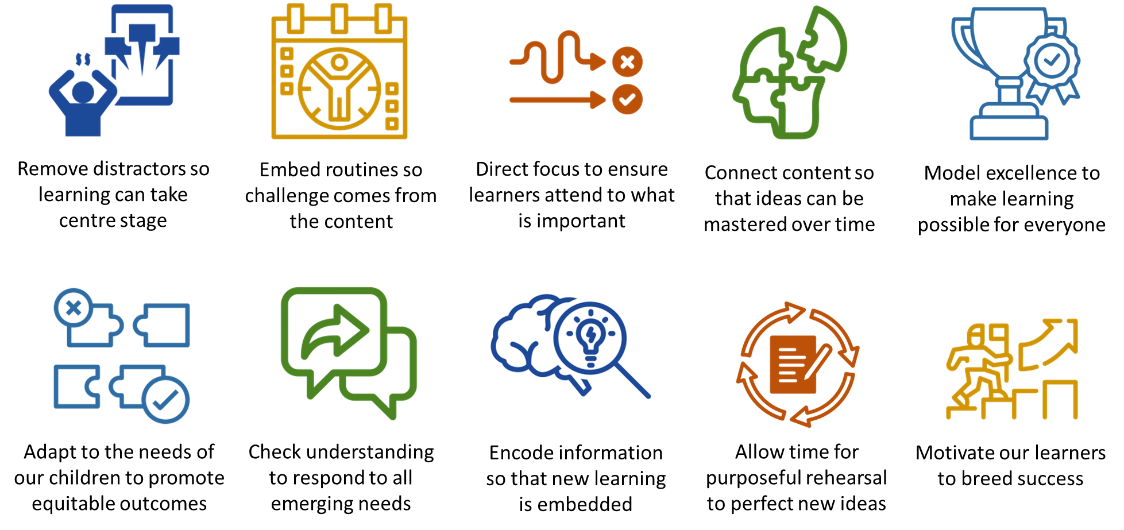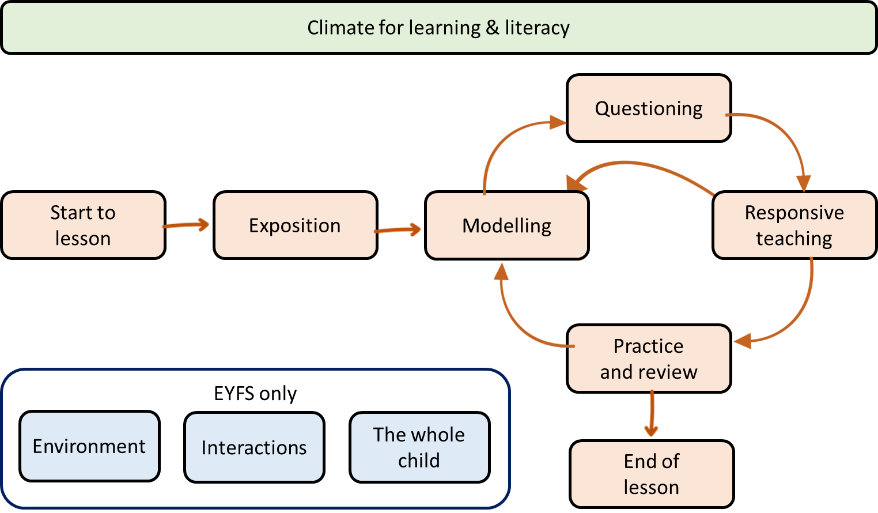Leading Teaching & Learning at Scale
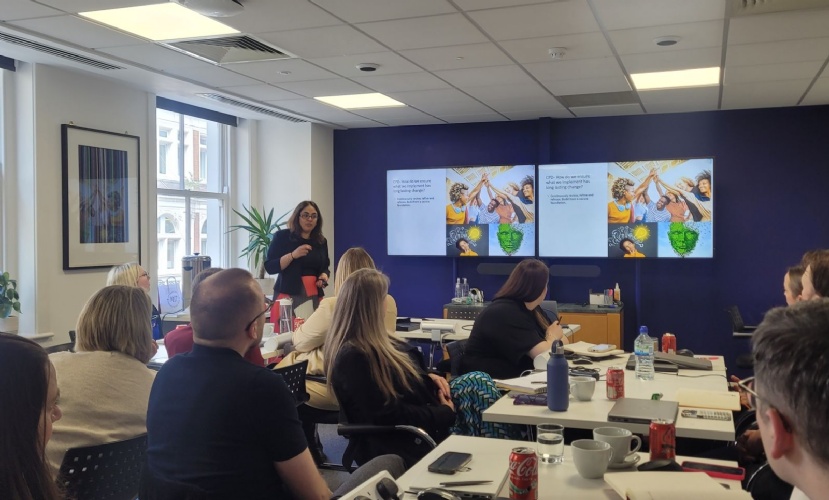
As MATs grow, and the levels of accountability for the support they offer rise, more are having to explicitly structure and systematise their school improvement model.
At Creative Education Trust we believe that a research-informed and co-constructed approach to educational development is essential. This has underpinned our approach to teaching and learning across the Trust, through the development of our Framework.
Teaching is a profession. It requires an immense amount of training, education, and experience before one becomes a fully qualified teacher. Why then, after all that, do we at Creative Education Trust feel there is still a need to spell out and codify what great teaching is and what it looks like? Simply, it’s because teaching is incredibly tricky. It is one of the hardest jobs to know whether what you’re doing in the moment is actually working or not. This is in no small part due to the differences between learning over time and performance in the moment[1]. Every teacher wants the best for the children they serve but the issues raised above produce a problem which needs solving. To address this, we’ve set about making it as clear as possible which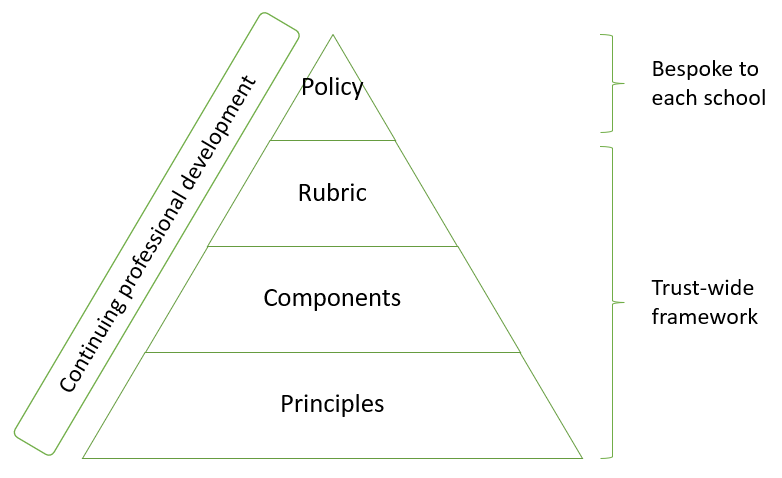 practices will lead to the best impact on our learners. To realise our aim of every teacher in every school delivering incredible lessons to their pupils we broke the process down into 5 distinct sections which you can see in the image on the right. We then drew on expertise and experience from across the Trust to write, rewrite, test out, and strengthen every part to ensure each was fit for purpose and would lead to consistently great practice in our schools.
practices will lead to the best impact on our learners. To realise our aim of every teacher in every school delivering incredible lessons to their pupils we broke the process down into 5 distinct sections which you can see in the image on the right. We then drew on expertise and experience from across the Trust to write, rewrite, test out, and strengthen every part to ensure each was fit for purpose and would lead to consistently great practice in our schools.
Below is an overview of each of these 5 elements:
1. Principles
The first of these are our principles. These lean on evidence informed research to set out a theoretical base from which to start from. They draw on fields such as educational psychology, cognitive science, and behavioural economics. We have 10 principles all of which are explored in more detail in our Teaching & Learning Framework.
Each has its own page exploring the theoretical underpinnings and implications for education. Where there are disagreements in academia, we made sure to choose a consistent set of principles which have been shown to be effective in practice. This process condensed over 40 articles, books, and research papers into an organised and accessible format. Teachers do not have time to read every new release, so we have distilled what we consider to be the most important, the most robust, and the most practical into 10 accessible pages. All the research used is referenced in the bibliography section of the Teaching & Learning Framework so that any individual who wants to explore more about a particular area can do so.
2. Components
With the theory in place, we needed the right vehicle in place for them to be lived out in the classroom. To do this we delineated a lesson into discrete components. This is a simple model of a lesson cycle but one from which discrete parts, each with their own purpose, could be explored and worked on. We use the language of “defaults” to make it clear that whilst there is no expectation for every lesson to look the same, that there is power in having a reliable structure to fall back on. It also means that, by breaking a lesson down into constituent parts, that each could be worked on in isolation.
Much like a training drill for a sport might not mimic the real thing, there is still a benefit in focusing deliberate practice on one aspect at a time[1]. The framework contains a breakdown of the purpose behind each component and the generic aspects, informed by the research, that would make it effective. Whilst children and adults do not in general learn differently from each other, there is a bespoke section dedicated to EYFS provision in the framework which recognises the different development needs that our very youngest learners have[2].
3. Rubric
The importance of spelling out what success looks like for learners is clear[1]. Why should it be any less so for adults? We are all still learning and can all still get better. There isn’t much in the research which distinguishes how adults learn from how children learn so, using ideas around explicit instruction[2], we produced a “Foundations for Excellence” rubric which spells out what best-practice for each component looks like, broken down into clear and distinct areas. This helps make it clear to all stakeholders what the final outcome of the principles and components being effectively implemented should look like. This is graduated across 4 levels to help everyone know not just what great looks like, but also what the steps to it look like as well. Without that shared vision of excellence, we cannot be sure that we all hold the same aspirations for what learning can be. The example in the picture shows the separate tags that contribute to effective whole-class questioning. Whilst there is an understanding that teaching is far too complex to fully capture in a rubric like this, we do believe it is possible to define some of its essential ingredients.
We use the phrase “necessary but not sufficient” to describe the contents of the rubric. They are necessary in that without them they are unlikely to lead to as great outcomes as they otherwise could. But that are not sufficient since we are also aware that there are a lot of intangible and complex elements which make learning over time truly effective. We don’t think it would be possible to capture everything so, although it is a simplified model, we believe that it is a useful tool to have.
It is worth noting as well that although the rubric is used periodically at a trust-wide level with data collected from dropping into lessons, the snapshots of learning from each teacher are so isolated that data about the individual is not recorded. Instead, given how unreliable lesson observations can be[3], the data is compiled to give the schools an overview of what is happening holistically in their classrooms. To ensure this data is robust, prior to this, there is a rigorous standardisation process which all observers go through to ensure, as best we can, that any judgements made across our 16 schools are as consistent as possible.
4. Policy
The first three parts: principles, components, and rubric, combine to make up our trust-wide Teaching & Learning Framework. They talk holistically and generically about effective teaching practice. They do not however go into the “how”. In the rubric 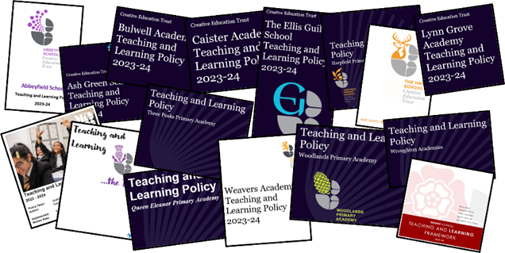 for questioning for example it says that means of mass participation is a part of great teaching. Although the outcomes are defined, schools have the autonomy in exactly how they will achieve this. To this end, each of our schools produce their local Teaching & Learning Policy. This is produced by the local teaching and learning lead who takes each of the elements mentioned so far and commits to the specific strategies that will both meet the criteria spelled out for great teaching whilst also being bespoke for their setting. They choose any bespoke language, effective strategies, and routines that will be deployed school-wide to achieve excellence in their setting, catering for any characteristics that make their schools unique. Rather than being written as a current “state of play”, their policies set out a vision of excellence which they will endeavour to achieve and then maintain in the coming years.
for questioning for example it says that means of mass participation is a part of great teaching. Although the outcomes are defined, schools have the autonomy in exactly how they will achieve this. To this end, each of our schools produce their local Teaching & Learning Policy. This is produced by the local teaching and learning lead who takes each of the elements mentioned so far and commits to the specific strategies that will both meet the criteria spelled out for great teaching whilst also being bespoke for their setting. They choose any bespoke language, effective strategies, and routines that will be deployed school-wide to achieve excellence in their setting, catering for any characteristics that make their schools unique. Rather than being written as a current “state of play”, their policies set out a vision of excellence which they will endeavour to achieve and then maintain in the coming years.
5. Continuing Professional Development (CPD)
In turning school’s policies into a reality there is a need for CPD. Whilst the rest of the parts alluded to so far, although open to review, are fairly static documents, CPD is always in flux. To support schools in implementing their policies we have done several things trust-wide and work continually to support them. So far these have included:
- T&L Conferences with sessions linked to the theory or of practical elements contained in the framework,
- Co-ordinating visits to “best practice” schools,
- Partnering with external experts in the field in the process of creating the framework and policies,
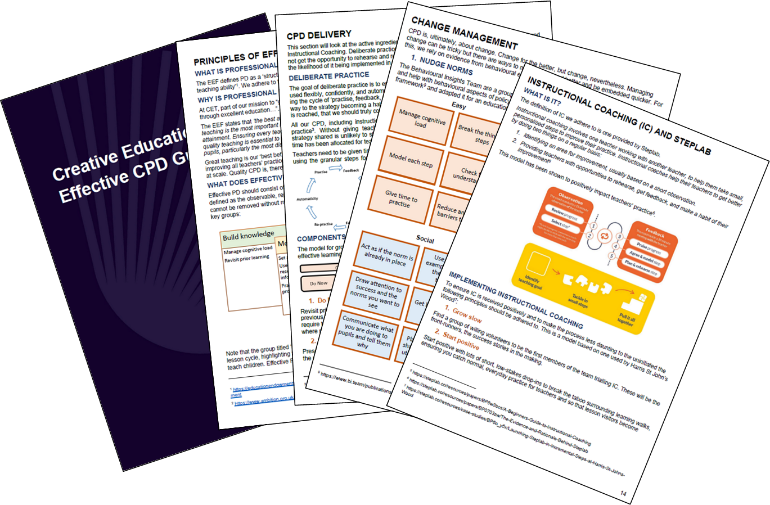 Delivering CPD on delivering effective CPD (focusing on instructional coaching, deliberate practice, and live coaching),
Delivering CPD on delivering effective CPD (focusing on instructional coaching, deliberate practice, and live coaching),- Producing a trust-wide guide to effective CPD,
- Trust-wide subscriptions, with supportive CPD alongside this, to Steplab,
- Collaborative quality-assurance visits with leaders and headteachers visiting other schools within the Trust,
- The appointment of 3 Teaching and Learning Leaders who work trust-wide and support schools,
- Half-termly CPD meetings with local T&L leads and separately with department leads,
- Producing and distributing a half-termly T&L Bulletin which shares best practice on a different principle or component each edition.
On top of this, schools curate and deliver their own CPD, training events, and ongoing provision.
Summary and Survivorship Bias
The above can feel like overkill to some, particularly for people who are already themselves expert teachers. Our belief is that this wouldn’t negatively impact a strong practitioner, this would merely be a codification of some of the aspects that make them so effective which others can learn from. What we think this does do, is to give more teachers a chance to become great. There is a temptation, particularly when in a leadership position already for teaching and learning, that because you survived without all this, that it isn’t needed. We believe this is an example of survivorship bias in action. We shouldn’t be looking at those who are thriving as evidence that this work isn’t needed, rather we should be looking at retention issues, drop-out rates, and the numbers of students who leave school without good passes in English and maths to highlight the fact that perhaps all the people that got into this profession for the right reasons, might stay in it a little longer and enjoy it a little more, if they had all the help they could possibly need. That is our offer and our endeavour for teaching and learning at Creative Education Trust.
Main article image: Teaching & Learning Leads of Creative Education Trust working together.
[1] Soderstrom & Bjork (2015). Learning Versus Performance: An Integrative Review
